Jazz Guitar Corner: Using Common Sounds to Solo Over 7#9 Chords

If you’ve ever checked out rock or blues guitar, you’ll probably have come across the 7#9 chord on at least a few occasions from a comping perspective.
But, while this chord usually fits well under your fingers from voicing and grip standpoint, we sometimes get handcuffed when it comes time to solo over this chord, especially in a jazz guitar context.
In today’s lesson, we’ll be looking at how you can use two common arpeggios, 7th and m7th shapes, in combination to outline the 7#9 sound in your jazz guitar lines and solos, allowing you to dig into this fun and interesting chord without worrying about learning any new scales or modes before you can nail this chord in your solos.
What is a 7#9 Chord?
A 7#9 chord is a five-note voicing that contains the root, 3rd, 5th, b7th and #9th of the underlying root of that chord. You can see a commonly used 7#9 chord in the example below, which is often referred to as the “Hendrix Chord” since Jimi Hendrix used it in the riff to “Purple Haze.”
Next to the chord you can see the arpeggio laid out from the root to the #9 over that same D7#9 voicing. Notice that the #9 note, F in this case, is also the same as the m3rd interval, this knowledge will come in handy later in this lesson as we look at how you can use arpeggio pairings to solo over this 7#9 chords.
7#9 Arpeggio Pairing 1
Get The Pick Newsletter
All the latest guitar news, interviews, lessons, reviews, deals and more, direct to your inbox!
There are a number of ways you can solo over 7#9 chords using scales and modes, but one of the easiest and best-sounding approaches is to combine a 7th and m7th arpeggio, both starting from the root of the chord.
As was already mentioned, the #9 interval is the same as the m3rd, which means you can use either the 7th arpeggio, which would outline the D7 sound, or the m7 arpeggio, which highlights the #9 interval in your lines when blowing over this chord.
Here's a sample fingering that uses the D7 arpeggio in the lower octave, followed by the Dm7 arpeggio in the upper octave, that when combined bring out the sound of a D7#9 chord.
Practice this arpeggio in a number of keys and tempos at first, then when you are comfortable put on a static D7#9 backing track and jam over that chord using this arpeggio before taking it out over a full tune.
7#9 Arpeggio Pairing 2
Since you can play D7 followed by Dm7 to bring out the sound of a 7#9 chord in your solos, you also can do the reverse, playing Dm7 in the lower octave followed by D7 in the upper octave of the arpeggio, as you can see below.
Again, work out this fingering in a number of keys and tempos and then practice inserting this idea into your soloing as you work on pairing 7th and m7th arpeggios in your 7#9 improvisational ideas.
7#9 Arpeggio Pairing Lick
To finish off, here is a sample lick using the Dm7 and D7 arpeggios in combination over a D7#9 chord to outline the #9 sound. Practice this lick in different keys and at a variety of different tempos. Then, take it to a tune you are working on and see how it sounds in the context of a musical situation.
Once you have worked on this lick and have it under your fingers, come up with licks of your own using the Dm7 and D7 arpeggio combo over a 7#9 chord.
- How do you like to solo over 7#9 chords? Share your thoughts in the comments section below.
Matt Warnock is the owner of mattwarnockguitar.com, a free website that provides hundreds of lessons and resources designed to help guitarists of all experience levels meet their practice and performance goals. Matt lives in the UK, where he is a senior lecturer at the Leeds College of Music and an examiner for the London College of Music (Registry of Guitar Tutors).
Matt Warnock is the owner of mattwarnockguitar.com, a free website that provides hundreds of lessons and resources designed to help guitarists of all experience levels meet their practice and performance goals. Matt lives in the UK, where he teaches Skype guitar students all over the world, and is an examiner for the London College of Music (Registry of Guitar Tutors).
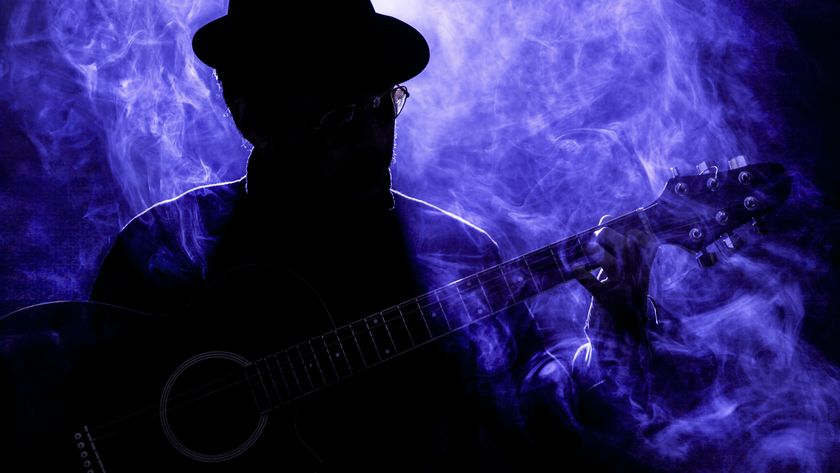
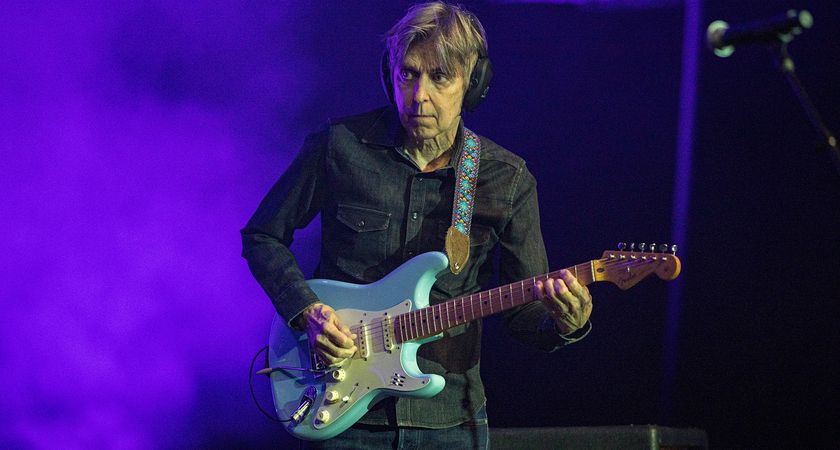
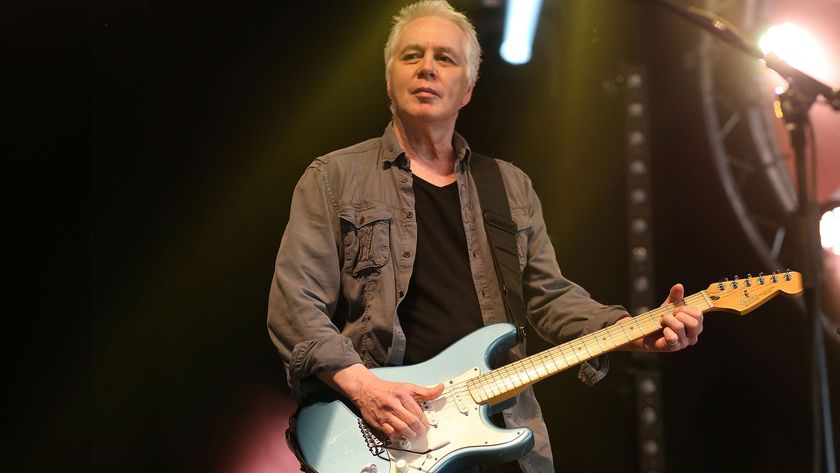

![Adrian Smith [left] and Richie Kotzen pose with an HSS S-style and Telecaster respectively.](https://cdn.mos.cms.futurecdn.net/DqivbKgc2aXLoykDT3h5mN-840-80.jpg)
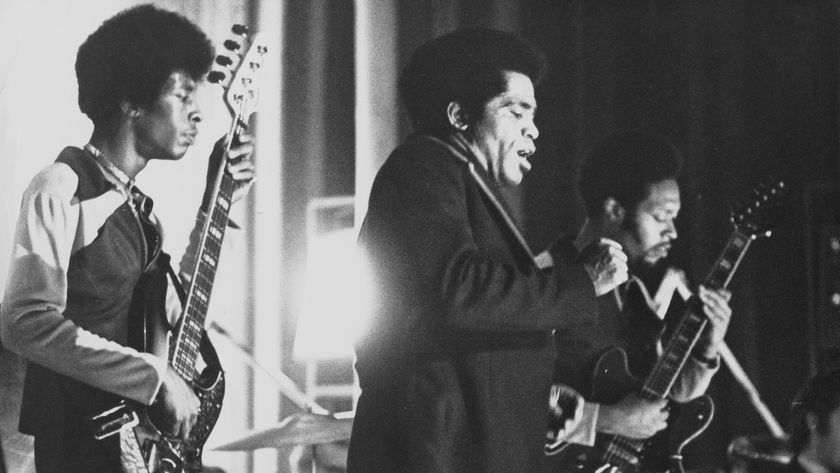

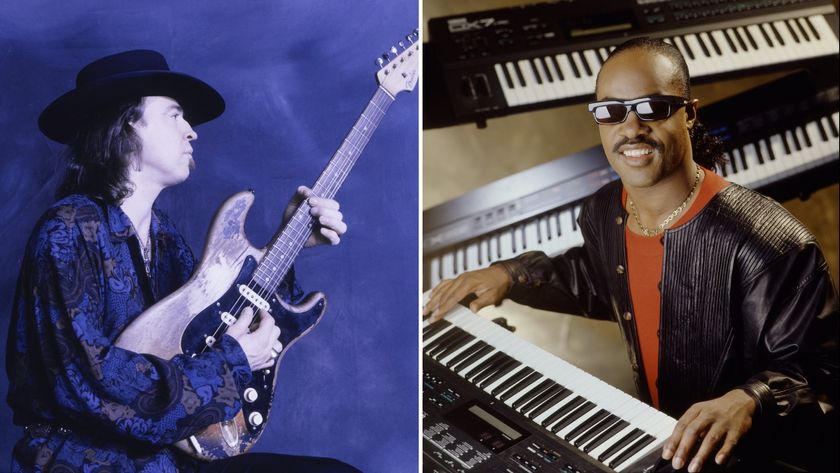
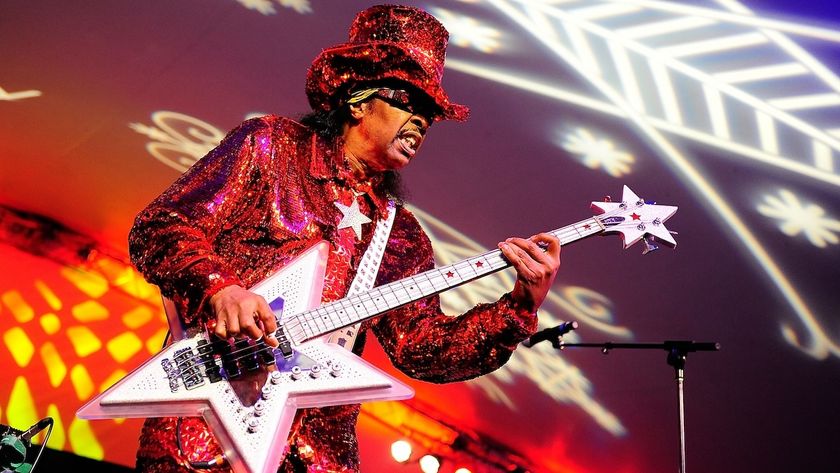


![[L-R] George Harrison, Aashish Khan and John Barham collaborate in the studio](https://cdn.mos.cms.futurecdn.net/VANJajEM56nLiJATg4P5Po-840-80.jpg)
